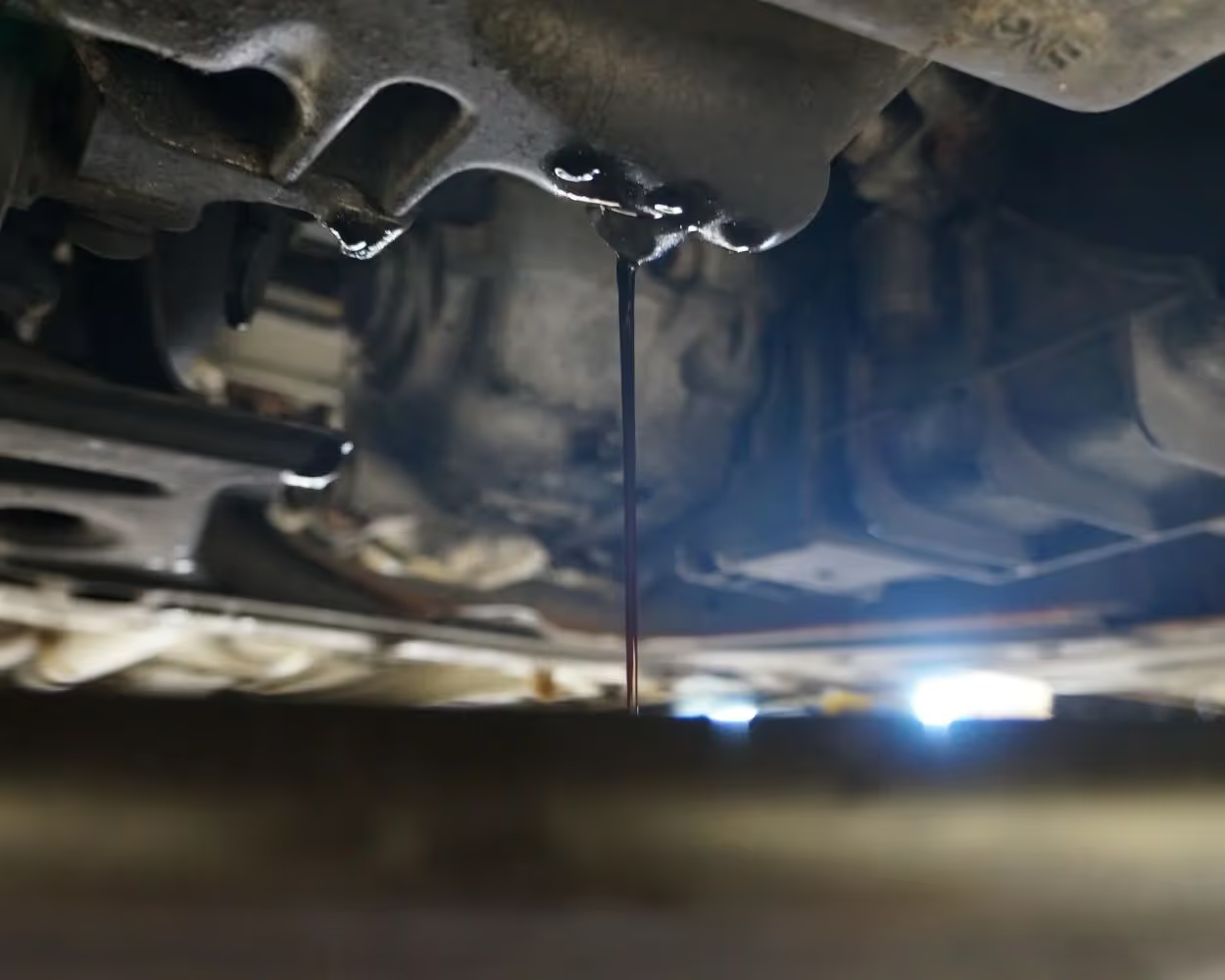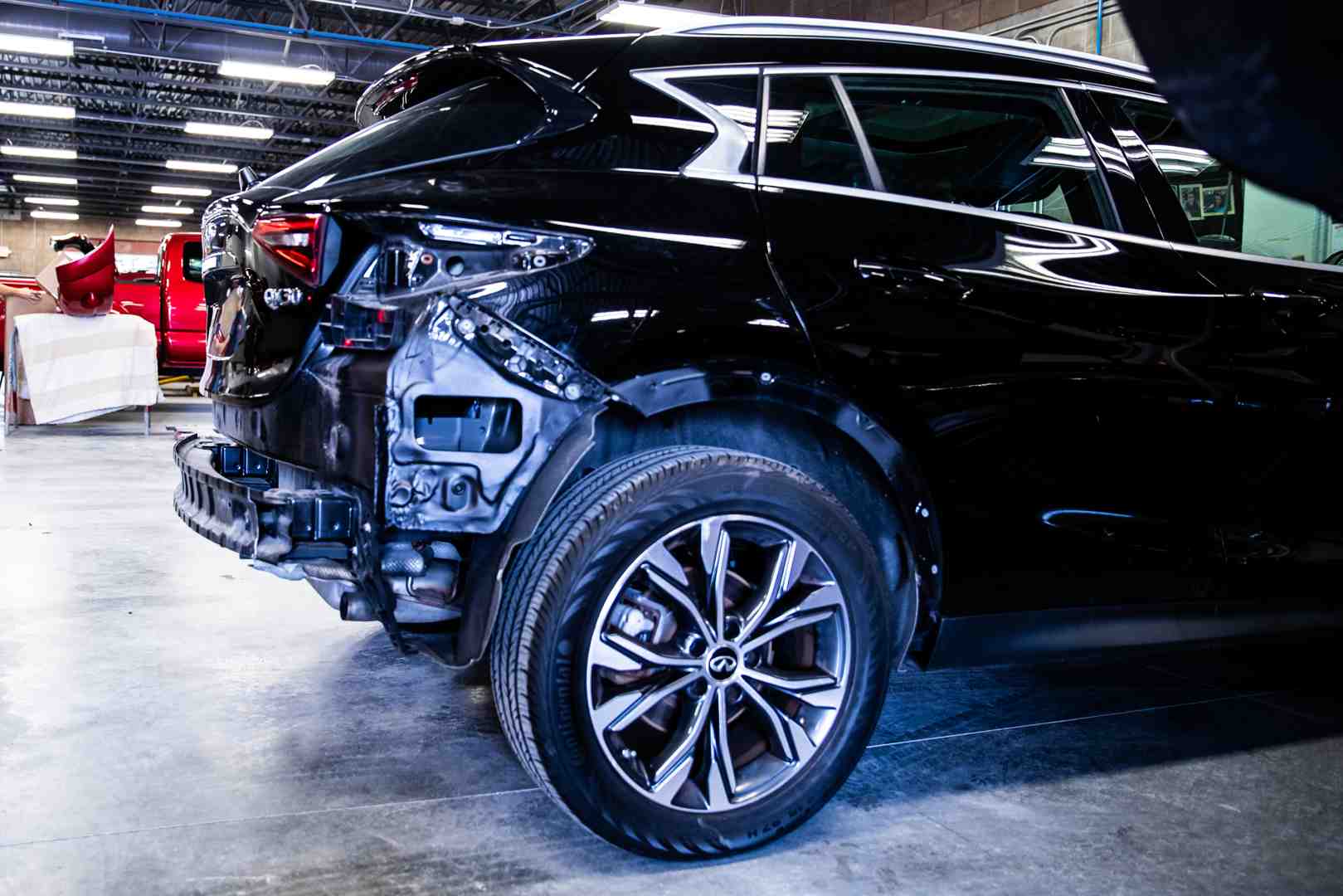How Often Should I Change The Oil In My Car?
The tricky thing about this question is that there are many variables to be taken into consideration which will certainly affect the answer. To understand the “how,” and “why,” there are some basic pieces of information that can prove useful to those who are inquiring.
Getting right into it, the TLDR version is:
- Modern vehicles have dash light indicators to alert you if your oil needs changed. Full synthetic recommended vehicles can make it (on average) between five thousand and eight thousand miles without a dash light.
- Conventional blend recommended vehicles can make it (on average) three thousand to five thousand miles.
- Never take advice over the manufacturer’s recommendations. Check the manual for specifics and adhere to them!
- If your vehicle lacks the dash indicators, it’s likely that the vehicle also has higher mileage (Approx. 200k+ miles). Assuming this is correct, most recommendations would be to change your oil every three thousand miles, or every three months; whichever happens first.
The above suggestions are simply the default recommendations that do not account for any of the possible variables other than the type of oil the manufacturer insists you use in the vehicle. Below you’ll find details regarding all of the variables to factor in, as well as some helpful tips to keep you safely on the road!
Oil: 101
Motor oil serves as the lubricant for combustion engines. It’s what keeps the internal components of your engine operating together smoothly. Without oil, your car wouldn’t make it too far before every component of the engine would need to be thoroughly cleaned, or more commonly you would see a lot of blown engines.
Engine oil comes in a few different forms, but it’s important to ensure that you’re using the correct formula for your specific vehicle! Ignoring the manufacturer's recommendations will result in a much shorter life for your engine.
Conventional Oil:
Conventional oil produces a sludge once it's been used to its potential. This sludge builds up inside your engine and decreases fuel efficiency while increasing engine wear and tear.
Synthetic Blend Oil:
Synthetics are man-made oils that mimic the properties of conventional oil while foregoing the less-desirable aspects. Additives alleviate sludge buildup and increase fuel efficiency as well as overall engine life.
Note: If you switch from conventional to synthetic, it’s best to have your oil changed frequently for the first few changes. This helps to clear out the sludge.
Standardization & Grade:
Depending on the year, make, and model of your vehicle you will need a certain grade of oil. “Grade” is just a measure for the thickness (or viscosity) of the recommended oil; taking weather conditions into account.
A single-grade oil will be labeled with a single number and possibly a “W” indicating it is meant to be used in cold climates. A multi-grade oil has additives that allow the viscosity to be more forgiving in certain climates. These oils will usually have a “W” between two numbers such as “5W30”.
No matter the grade of oil it must be quality approved by the API, ILSAC, and the ASTM. These organizations ensure the regulation of additives as well as a standard for quality in The United States.
Changing Your Oil Yourself
While many people would have no idea how to disassemble a transmission or replace ball joints, an oil change is a straightforward process that just about any person with a wrench can accomplish with a little effort. It starts with the required items.
- 13mm to 19mm sockets (depends on the vehicle)
- A pan to drain the old oil into. Without a store-bought oil pan, you can use any relatively thin container with a volume of at least a gallon or two.
- A new oil filter
- New oil
- Tire ramps
1. Start by ensuring the vehicle is on level ground before placing your ramps. If necessary, have someone aid you in getting the car up on the ramps safely. Be sure to engage the emergency brake.
2. Locate the oil drain plug. It’s usually at the center of the bottom side of the engine. You’ll notice it, as they typically stand out. Note: you may have to remove the plastic splash shield from under the engine.
3. Have your container ready on standby because once the oil starts flowing, it happens quickly.
4. Figure out which socket will fit the oil drain plug, then attach it to your ratchet. Start applying pressure counterclockwise on the ratchet until the plug loosens enough to turn with your fingers (Be cautious if the engine is warm!)
5. Remove the drain plug and allow the oil to drain into your container. When it stops, replace the drain plug and tighten firmly without overtightening.
6. Remove the old oil filter, and replace it with the new one.
7. Fill the vehicle with the recommended oil to the recommended volume.
8. Rejoice.
DIY, Or Leave It To The Pro’s?:
While it is certainly an easy task that most people could handle in their spare time, changing your oil yourself doesn't save you a boatload of money. It does, however, cost you precious time, and effort while risking possible injury.
On one hand, you could take your vehicle to a professional who will have the oil changed in approximately ten minutes (give or take), and they will do this for fractionally more than you would pay to buy the materials it requires to do on your own.
On the other hand, if you bought the materials yourself, including tools, you're not saving much in the long run. You might be losing money, in truth, considering that the time spent wrenching could be used for more important tasks.
The bottom line is that you’ll always be better off in the hands of a professional if you’re not a mechanic yourself.
Now that you have the knowledge you need to make informed decisions about your motor oil, and when to change it to keep your vehicle running optimally, there’s only one more tip for the road: NEVER pour oil into any opening that doesn’t say “OIL” right on it. NEVER pour coolant into the oil reservoir! That’s how you ruin a new car!
Drive Safely!
All your automotive needs under one roof
Gateway Auto offers service, collision, fleet and quality vehicle sales under the same trusted brand to ensure you stay on the road with a team by your side.




